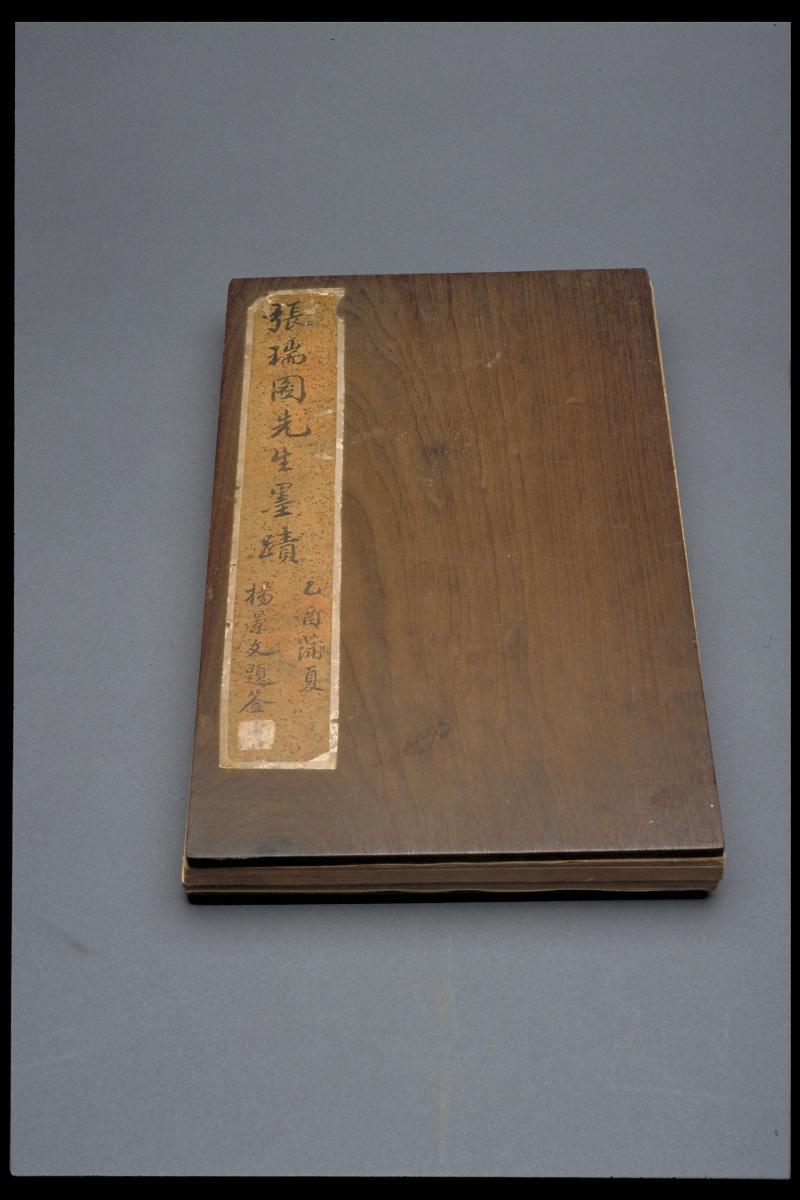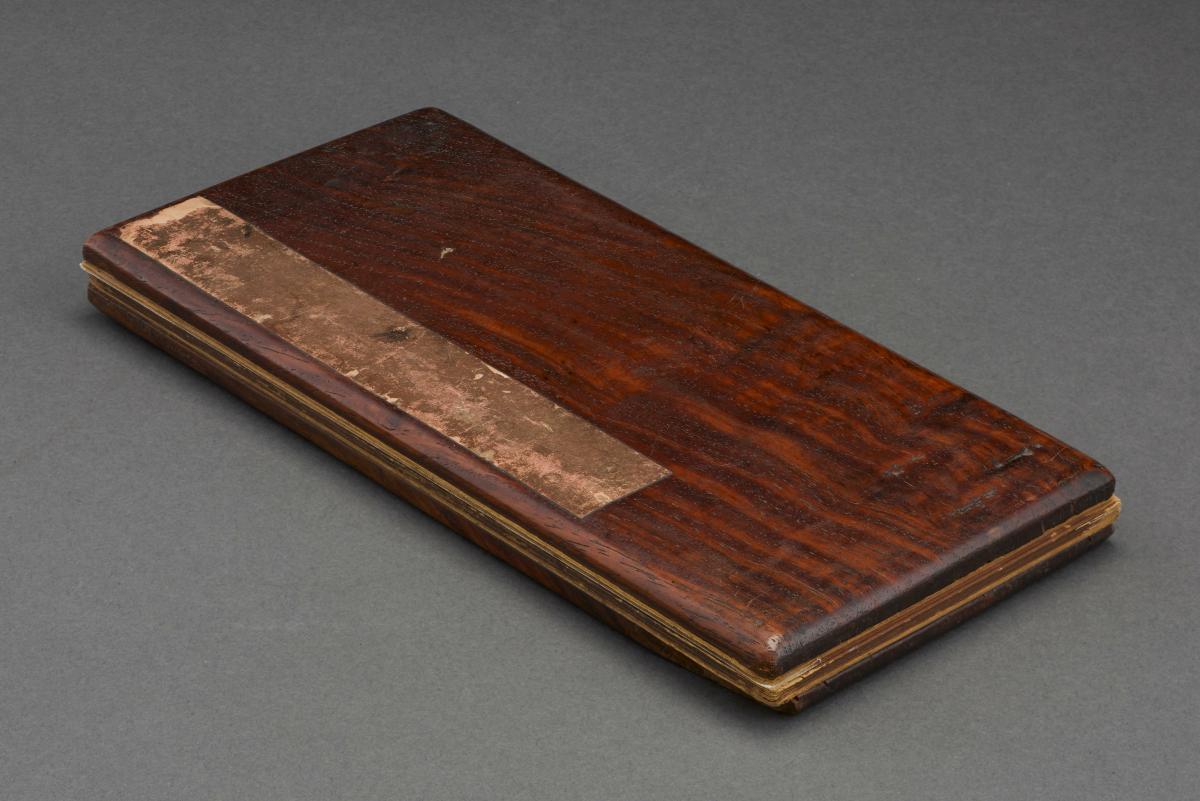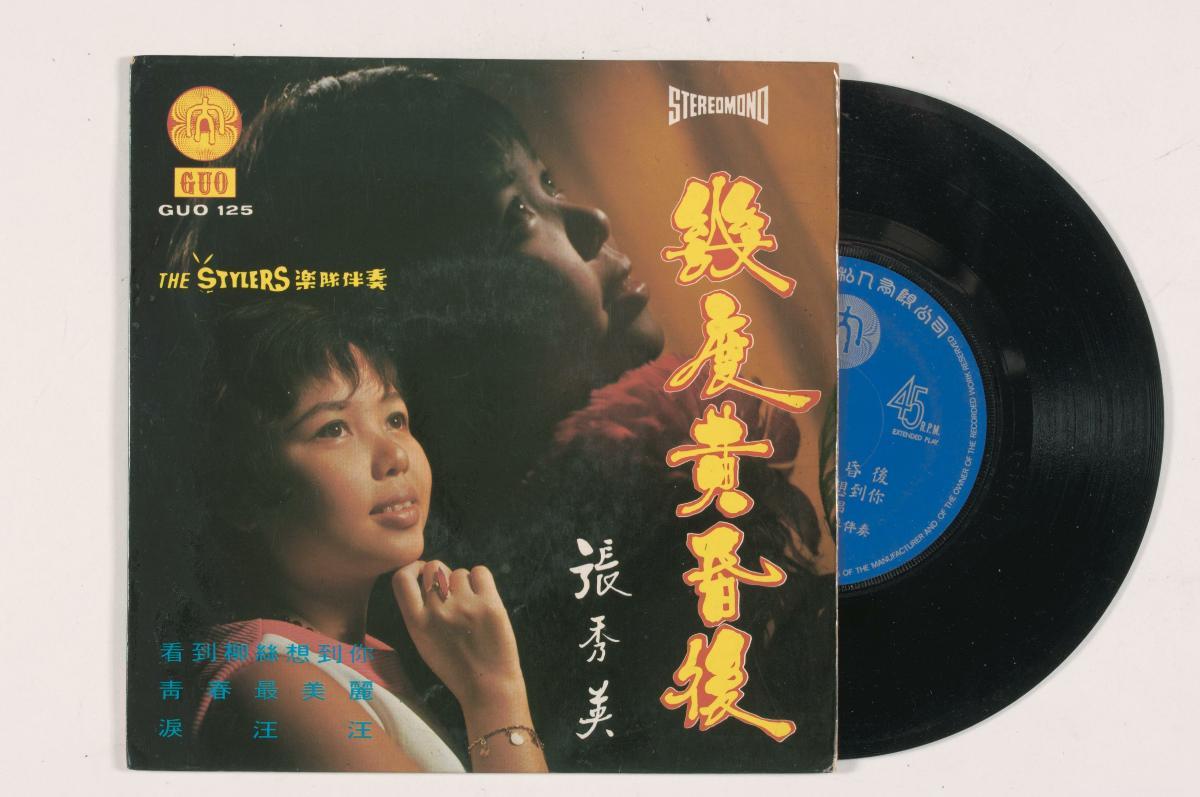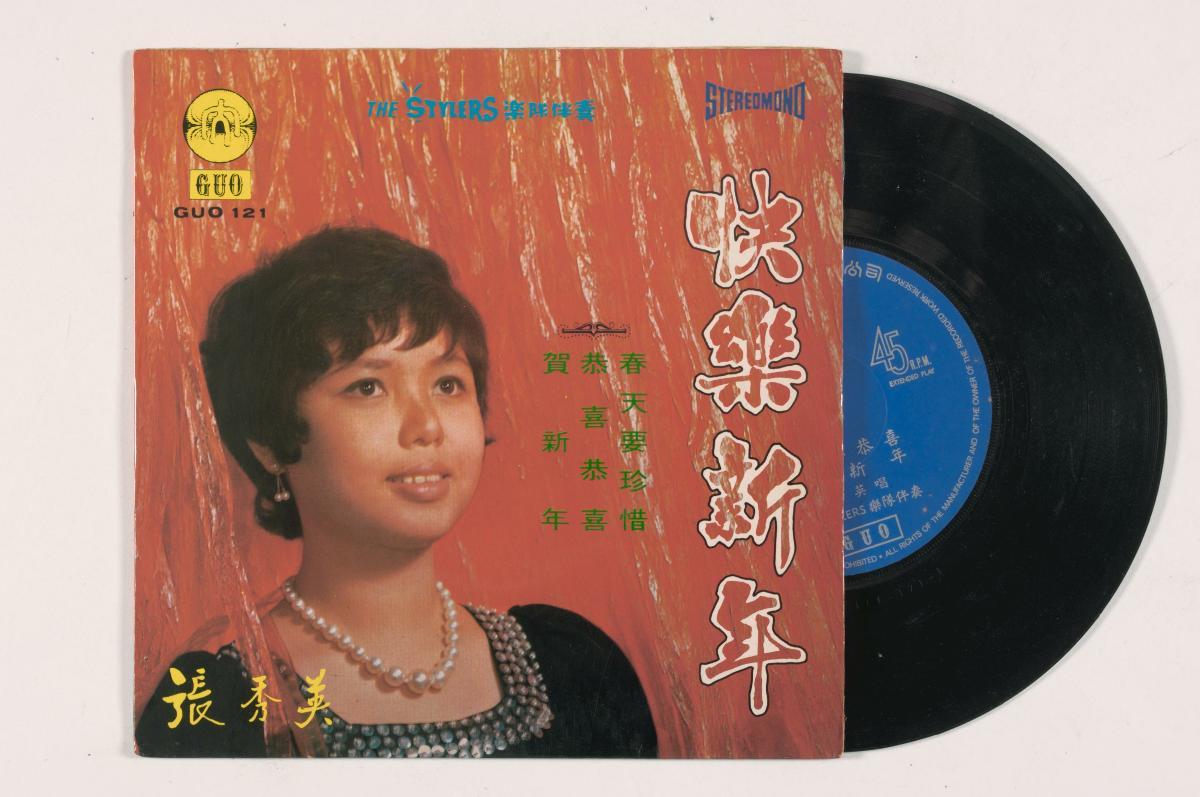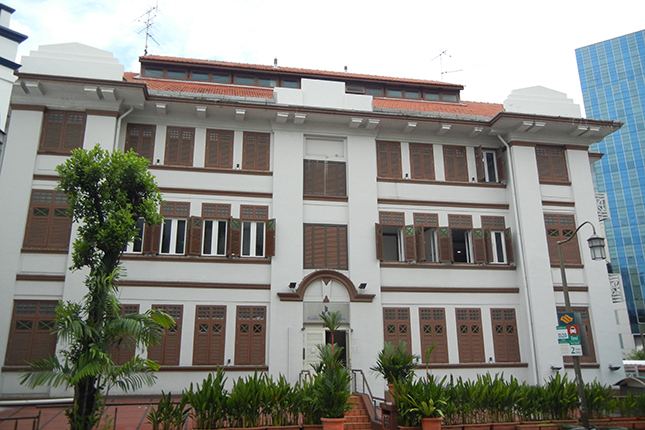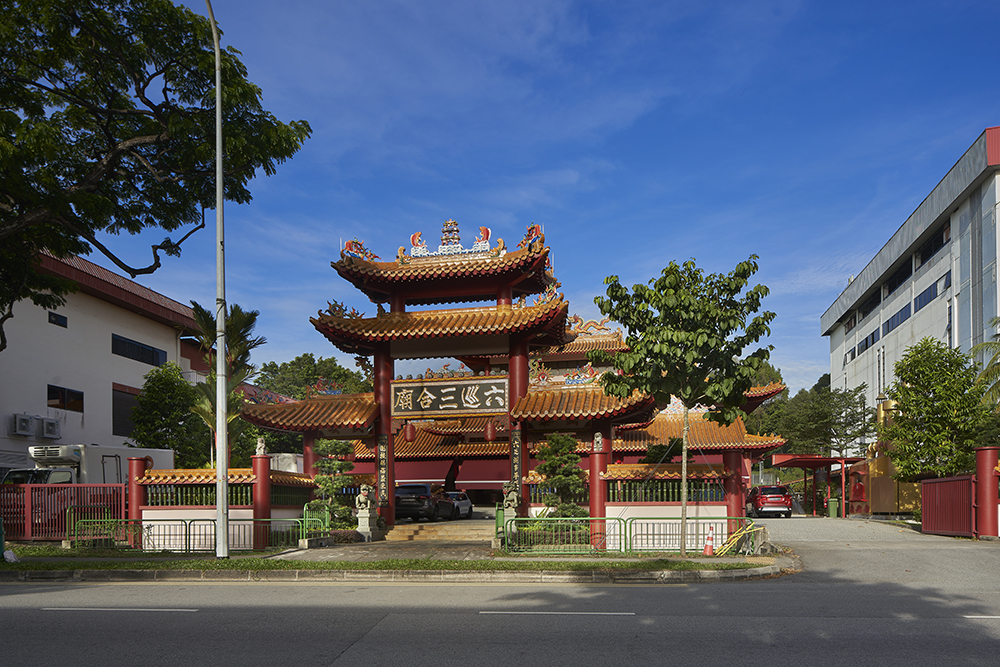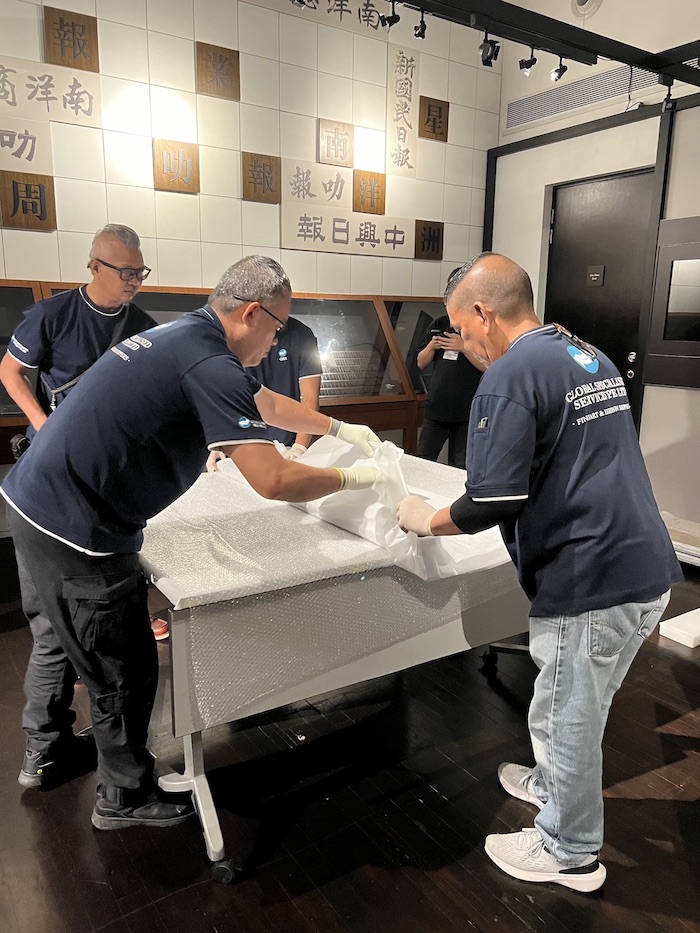Zhang Ruitu, a native of Fujian Province, is also known as Changgong with sobriquets, Ershui and Baihao’an Zhuren. He was a bright scholar who attained the third rank in the metropolitan examination (the danhua degree) in 1607. At the height of his illustrious career in officialdom, he was demoted to the status of a commoner by the last Ming emperor due to his association with the eunuch, Wei Zhongxian (1568-1927). He thus spent the rest of his life immersing in developing his calligraphy. Together with Mi Wanzhong (d. 1628), Dong Qichang (1555-1636) and Xing Tong (1551-1612), Zhang was considered one of the Four Masters of Calligraphy of the late-Ming dynasty. His qiyi (strange and extraordinary) style of writing stood out prominently and was greatly applauded by critics of the 17th century. Zhang’s prickly calligraphy and unique arrangement of his characters (by situating them tightly within a single column and spacing the columns widely) was idiosyncratic and refreshing. His characters are mostly very angular, with a squarish top elongating and narrowing towards the base. His brush movements are also highly abbreviated, typical of the period.




